Apple's new iPad mini delivers the same resolution as iPad 2 in a smaller 7.9 inch form factor that's two thirds the price of the latest iPad. Here's a look at how the company accomplished this feat.
Apple closes space between iPod touch and iPad
Last year, it appeared more likely that Apple would make the iPod touch larger than reducing the size of the iPad. But this year, the company did both, expanding the Retina Display iPod touch (along with iPhone 5) vertically to achieve a 1136x640, 16:9 widescreen display ratio, and one month later, scaling the iPad down, maintaining its 4:3 screen ratio and original 1024x768 resolution.
This effectively gives Apple two very different new devices with nearly the same pixel count and very similar prices: the 4 inch iPod touch ($299/32GB and $399/64GB) and 7.9 inch iPad mini (16GB/$329; 32GB/$429; 64GB/$529; each with a 4G LTE cellular option for $130 more).
These two new devices, along with the refreshed "iPad with Retina Display" (iPad 4), are also being sold alongside last year's iPod touch and iPad 2, which provide a lower screen resolution on a slightly smaller screen, and the same resolution on a bigger screen, respectively.
Closely associated design cues with iPod touch
While Apple makes no effort to call its iPod touch a "tablet," or otherwise associate it with the expanding iPad line, the company's new iPad mini looks like a very close relation. Both new models adopt the same "mono-crystalline diamond-cut" chamfer that gives it a dazzling edge, unlike any other iPad model (including the refreshed iPad 4).
The front bezel of the iPad mini is also narrower on either side like the iPod touch (and unlike other iPad models), something that Apple notes is "designed to give you the maximum amount of screen in the minimum amount of space."
This isn't just a hardware change; Apple adapted also iOS so the new iPad mini "intelligently recognizes whether your thumb is simply resting on the display or whether you’re intentionally interacting with it."
What makes the iPad mini
Apple is promoting the new iPad mini as simply being a smaller iPad, calling it "the full iPad experience." It's outfitted with the same camera specs, WiFi and LTE connectivity options, similar performance and it's capable of running the same apps, just in a package 23 percent thinner (7.2 mm) and 53 percent lighter (0.68 lbs, 308 g).
At the same time, the company says the new iPad mini "isn’t just a scaled-down iPad. We designed it to be a concentration, rather than a reduction, of the original." Apple notes it uses a refined unibody enclosure that "consolidates more parts into one" and uses smaller components, including a thinner battery and camera.
While the company doesn't note it, the iPad mini's size reductions (while retaining the same battery life) are also due in part to its more efficient LTE chips shared with the new iPhone 5 (and refreshed new iPad 4), which also allows it to work on a wider range of 4G LTE networks than "the new iPad" (iPad 3) released this spring.
The iPad mini's lack of a Retina Display also allows it to be a couple millimeters thinner than the (9.4 mm) iPad 3 and iPad 4, and require less battery. That's because the 2048x1536 Retina Display panel is not only more expensive in dollars, but also carries costs in weight, thickness, current draw and GPU power to animate it.
iPad mini not aimed at 7 inch tablets
Apple's strategy with iPad mini ignores the broader market's trend toward $199-250, 7 inch 16:9 tablets the same way iPhone 5 ignored the trend among smartphone makers to introduce larger, wider screens on jumbo-phones and phablets.
Instead, Apple is trending upscale in its new product introductions, allowing its previous model year devices to compete on price with its rival's latest offerings.
Apple did make uncharacteristic mention (without naming the product) of an existing 7 inch tablet in its presentation, and even cites (albeit generically) "7 inch tablets" on its website, noting that "iPad mini is small enough to hold in one hand, yet it has a 35 percent larger screen area than a 7-inch tablet."
The company details that the new iPad mini's screen provides 29.6 square inches, rather than 21.9 square inches of a 7-inch tablet. What it doesn't note is any comparison with the full size iPad (45 square inches). Apple also avoids any other comparison with other tablets in terms of performance, camera specs, or other favorable factors, and obviously doesn't mention their lower prices.
The company did, however, make unflattering comparisons of the state of Android "tablet" apps compared to iPad-optimized titles, pointing out that the apps available for devices like the Kindle Fire, Galaxy and Nexus tablets are mostly stretched smartphone apps.
Did Apple go tweener?
When Apple first introduced the iPad in 2010, many observers questioned whether there was any room for a new device between smartphones and low end notebooks. Many in the industry, including Microsoft's chairman Bill Gates, dismissed the iPad in favor of netbooks.
Gates' reasoning was based on his opinion that users wanted a "real" keyboard, the very same complaint many observers made about the original iPhone three years earlier in 2007.
By the end of the year however, Apple's iPad sales had grown so strong that observers jumped to the opposite conclusion: that there were infinite opportunities for selling tablet-like devices in all shapes and sizes, particularly between the 3.5 inch smartphone and the 9.7 inch iPad.
In October of 2010, Steve Jobs dismissed most of these, saying that in the "avalanche" of tablets entering the market, there were "only a handful of credible entrants. They use 7 inch screens rather than iPad's near 10 inch display."
Jobs pointed out that because the screen measurements were diagonal, a a 7 inch screen offered just 45% of the screen of the iPad. "This size isn't sufficient to create great tablet apps," Jobs stated. "No tablet can compete with mobility of a smartphone. Pocket size tablets are tweeners."
Jobs also addressed a variety of other problems with these devices, including their use of the old Android 2.x (which many tablets— and about 75 percent of all Android devices currently using Google Play— continue to use today, two years later), a paucity of tablet-optimized apps, and cost cutting measures intended to match Apple.
However, the main takeaway for most observers was that Jobs had labeled pocketable tablets as too small, rather than calling 7 inch tablets "credible," but flawed to the point of being "DOA" for a variety of reasons.
What has changed since 2010
So what has changed to allow Apple to introduce an "iPad mini" into the pocket-sized tablet category? For starters, the market is now much larger. When Jobs made his comments, Apple had sold fewer than 7.5 million iPads. Today, it announced sales of over 100 million. There's also been some validation of smaller screen sizes, although none have achieved the blockbuster status of the iPad.
Secondly, Apple doubled the resolution of the iPad at the beginning of this year, allowing it to introduce an iPad mini with a new, smaller screen at the same resolution as the original iPad. Developers won't have to specifically target different screen sizes or screen ratios, so the new iPad mini will run existing iPad titles unchanged.
This could have been the case if Apple had introduced a new "tweener" resolution, larger than iPhone but smaller than iPad. Thanks to Retina Display, it didn't need to do this. Most tweener tablets have, offering more pixels than a smartphone, but not very many more. The wide variety of different resolution options on these devices further complicates the task of developers to make any special use of these extra pixels.
Thirdly, the 7.9 inch screen size and 3:4 ratio of the iPad mini gives it both more screen real estate and more useful screen area for tablet-optimized apps. Tablets with widescreen displays (like the new iPod touch, most smartphones, and most 7 inch tablets) may be better optimized for watching movies, but are less useful for document-oriented work, browsing the web, reading email, and other tasks people use iPads for: PC-like tasks suited to a page sized screen.
The result: while the industry operated under the assumption that broadly licensed mobile platforms would result in a wider range of device sizes and options from multiple hardware makers, Apple is now offering what appears to be the broadest range of popular, successful size and price options, and certainly has (at least to this point) done the best job of selling them.
Apple's iPad mini strategy looks to be patterned after the iPod mini from nearly a decade ago: after having conquered the high end, hard-drive based MP3 player market with the conventional iPod, Apple introduced a flash memory based iPod mini to take on competitors in the lower priced, but higher volume low end.
Whether the new iPad mini will work as well to keep the tablet market under Apple's control as the iPod mini (and its iPod nano replacement) did to expand Apple's iPod dominance remains to be seen.
 Daniel Eran Dilger
Daniel Eran Dilger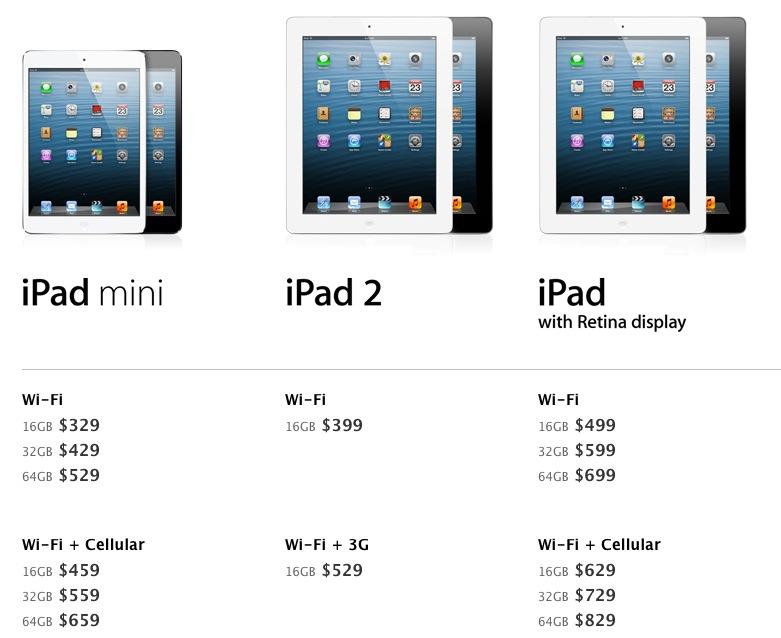
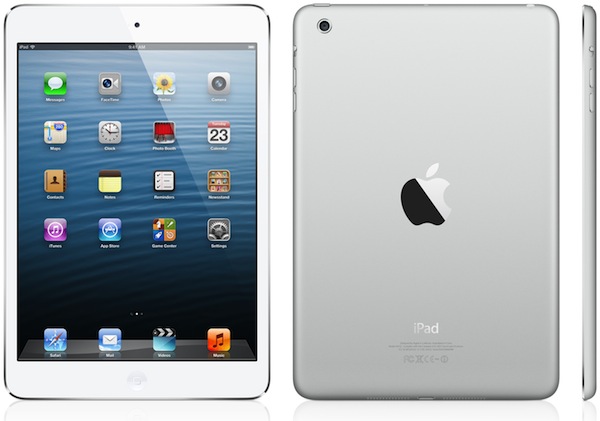


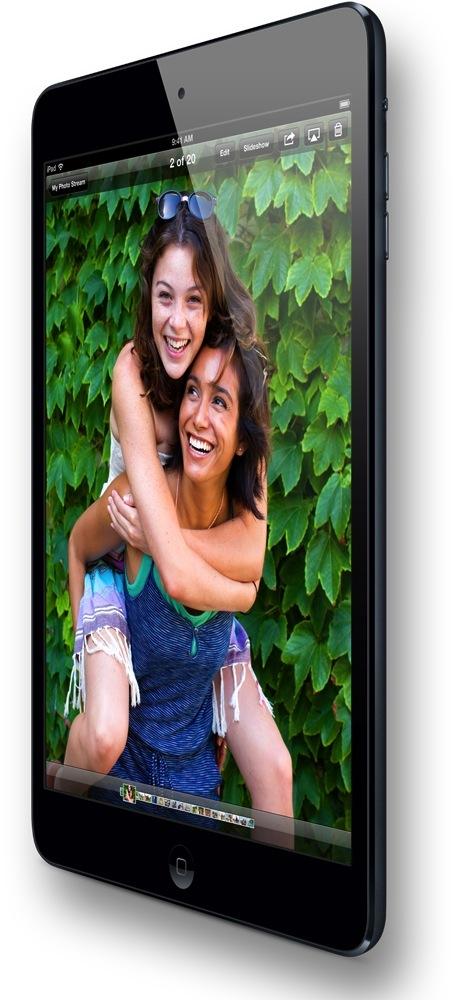
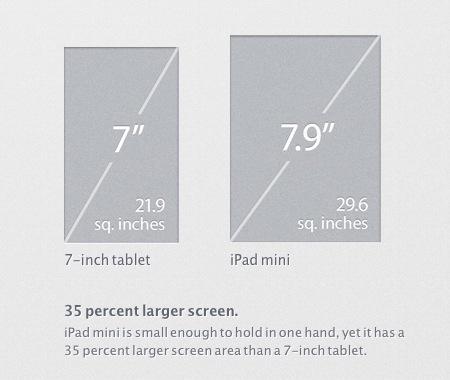

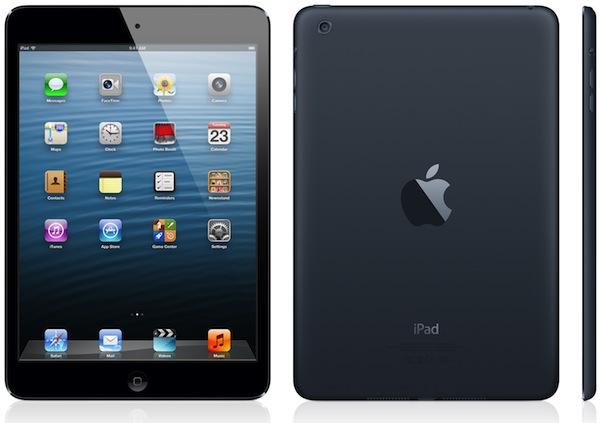














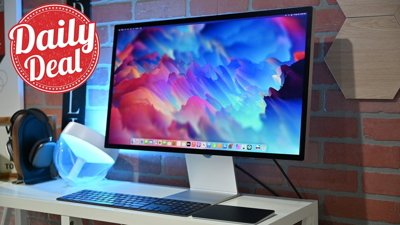
 AppleInsider Staff
AppleInsider Staff
 Chip Loder
Chip Loder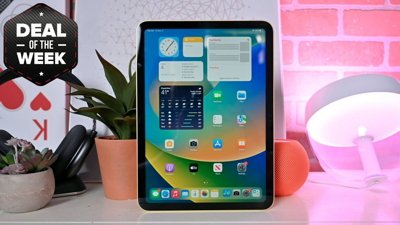
 Christine McKee
Christine McKee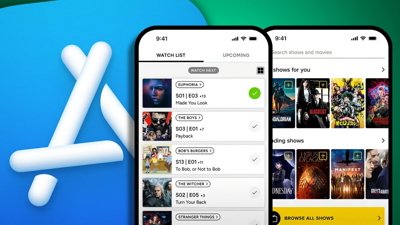
 Malcolm Owen
Malcolm Owen
 William Gallagher
William Gallagher


 Andrew Orr
Andrew Orr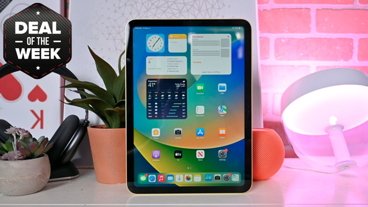
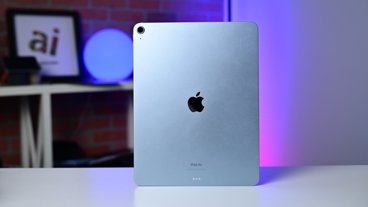
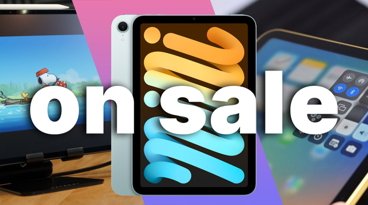






36 Comments
A little factual correction - iPod mini originally had a 4gb HD and then upgraded to offer 4GB and 6GB - not flash. Just a little FYI :)
So... Thinner - check. Lighter - check. Cellular/LTE - check Bluetooth - check Carrier Internet-only cheap plans - check Appstore VoIP apps - check I will leave it for you to draw the conclusion.
A little factual correction - iPod mini originally had a 4gb HD and then upgraded to offer 4GB and 6GB - not flash. Just a little FYI
and to add to this...
changed to, Apple introduced the flash memory based iPod nano (replacing the HD based iPod mini) to take on competitors in the lower priced, but higher volume low end.
A little factual correction - iPod mini originally had a 4gb HD and then upgraded to offer 4GB and 6GB - not flash. Just a little FYI
Seconded, the iPod Mini used a Microdrive http://en.wikipedia.org/wiki/Microdrive for storage.
Here is where the Android fan's in-the-bubble thinking will take over. Since the iPhone 4 in 2010 we've been hearing that resolution and PPI is pointless compared to screen size. Now we have that scenario with the iPad mini's display is significantly larger but with a little lower PPI and resolution than many newer 7" 16:9 Android tablets. Can't wait to see how they spin this one.